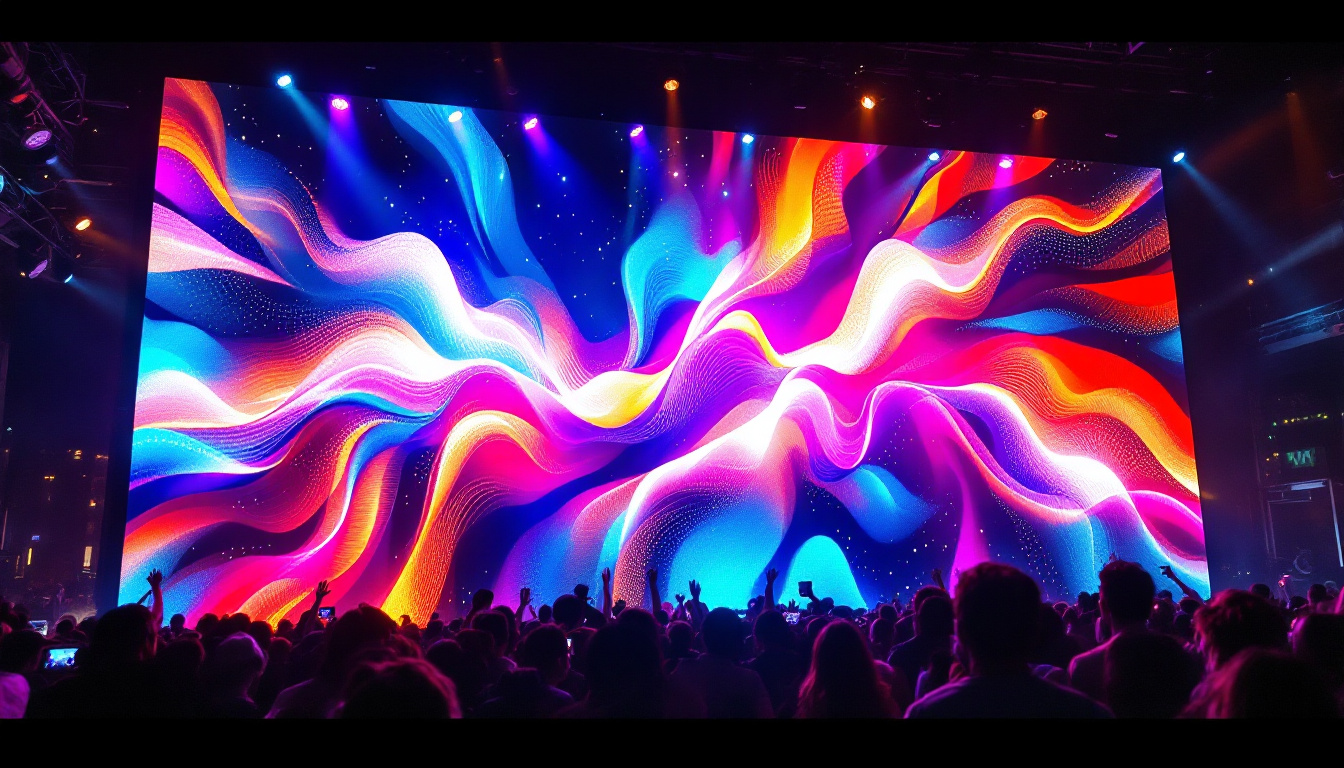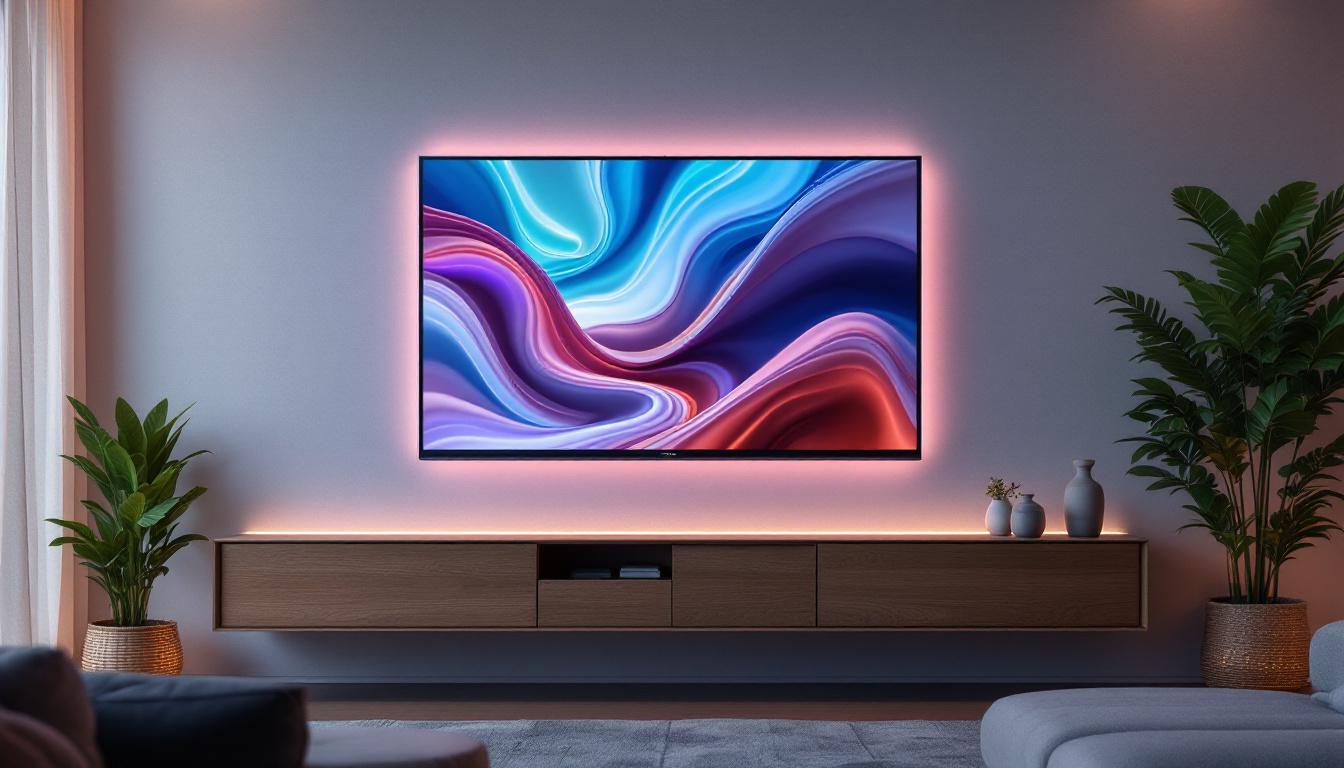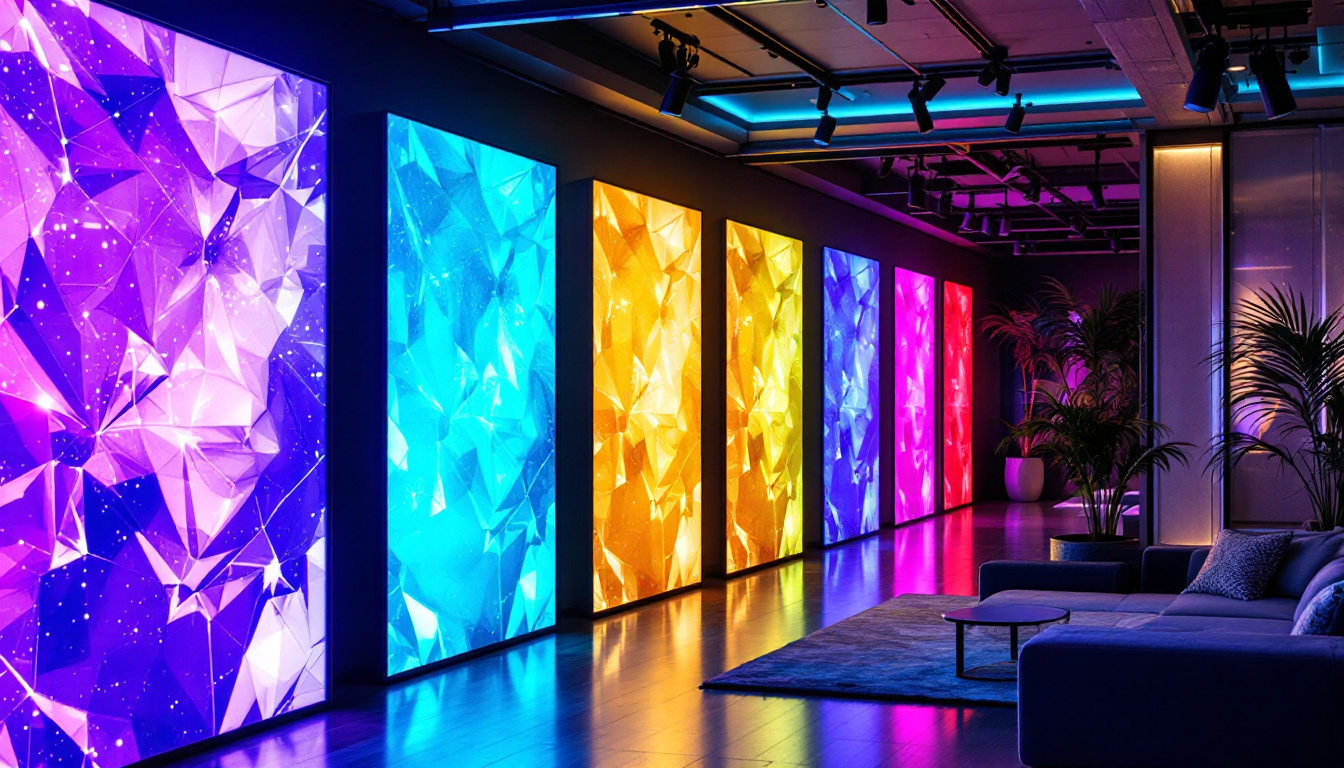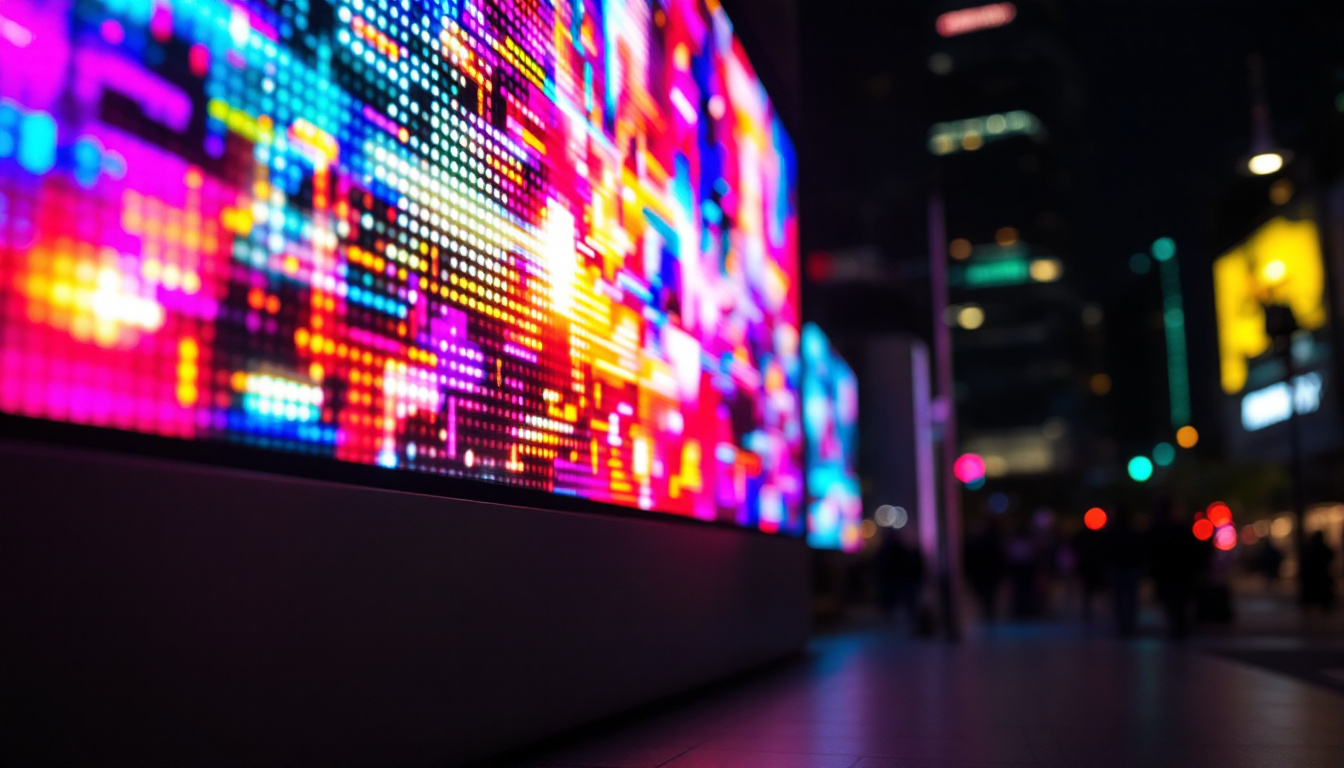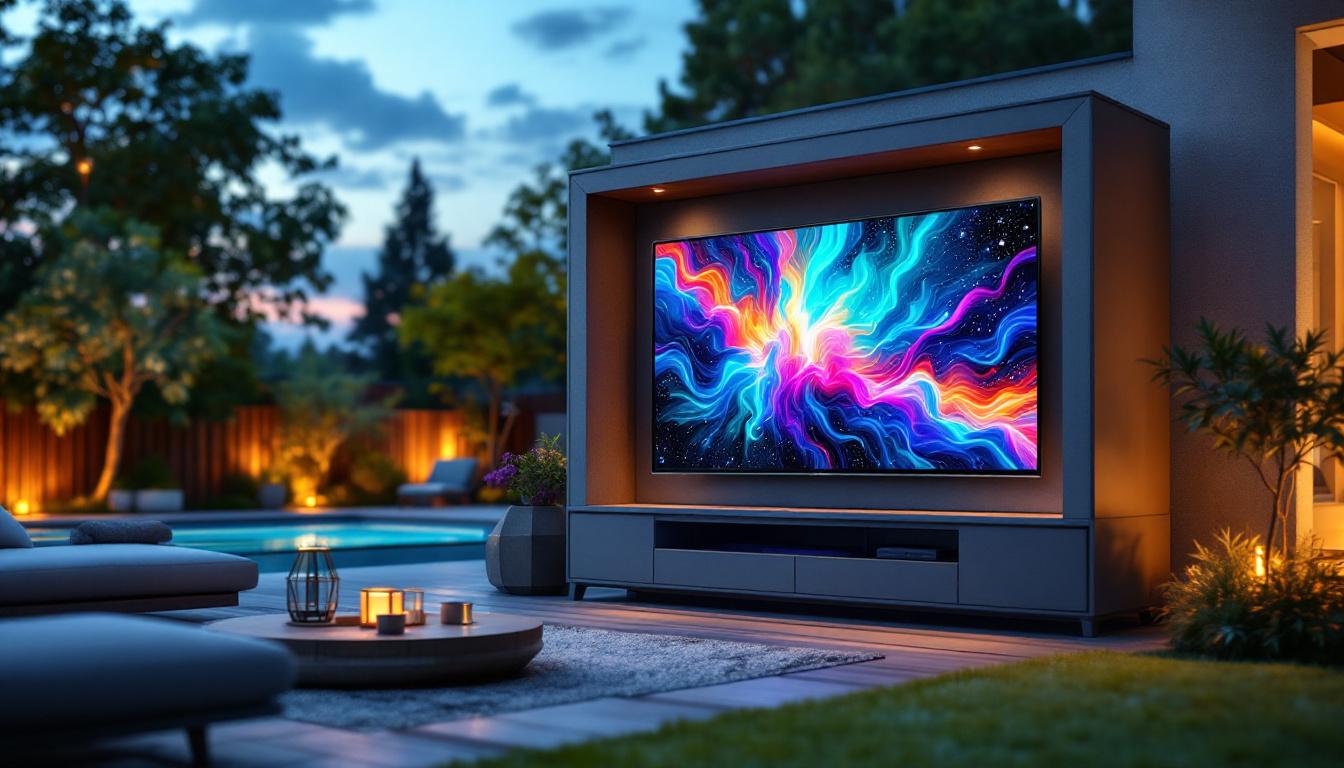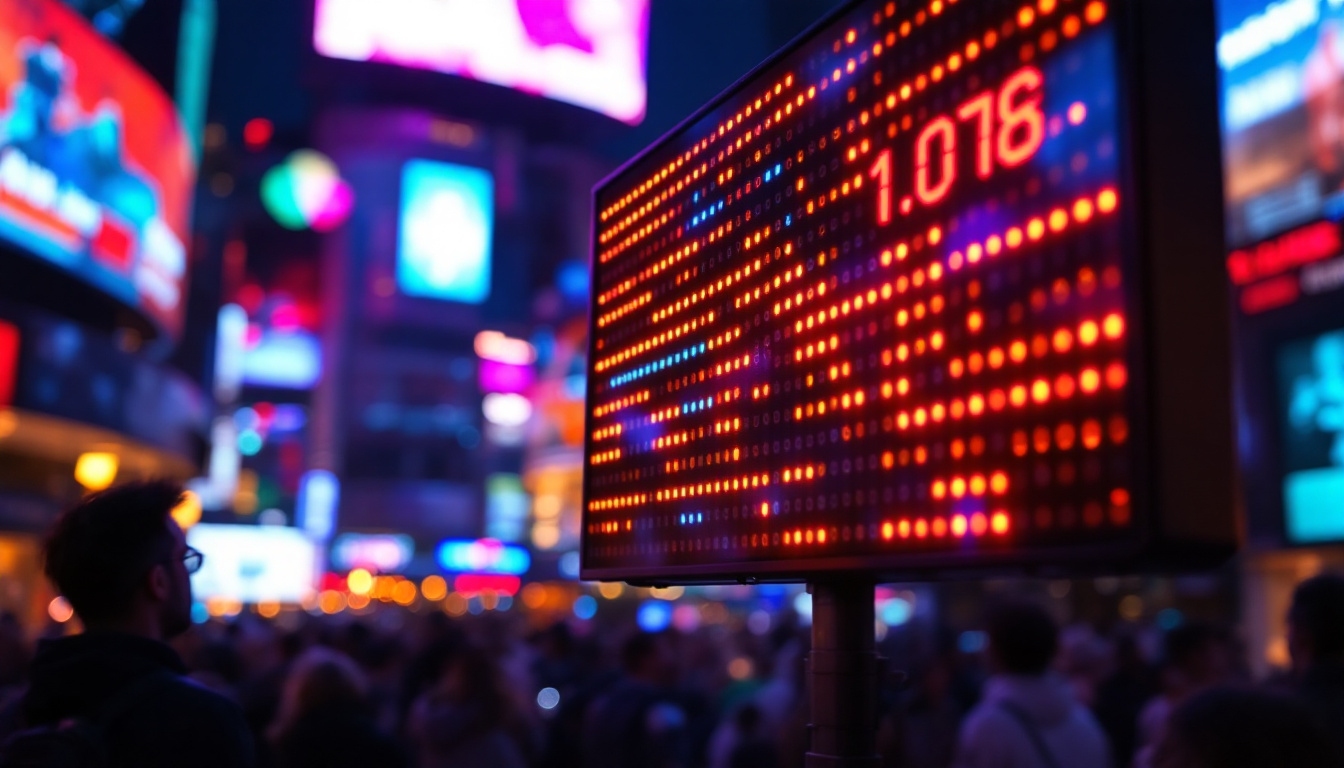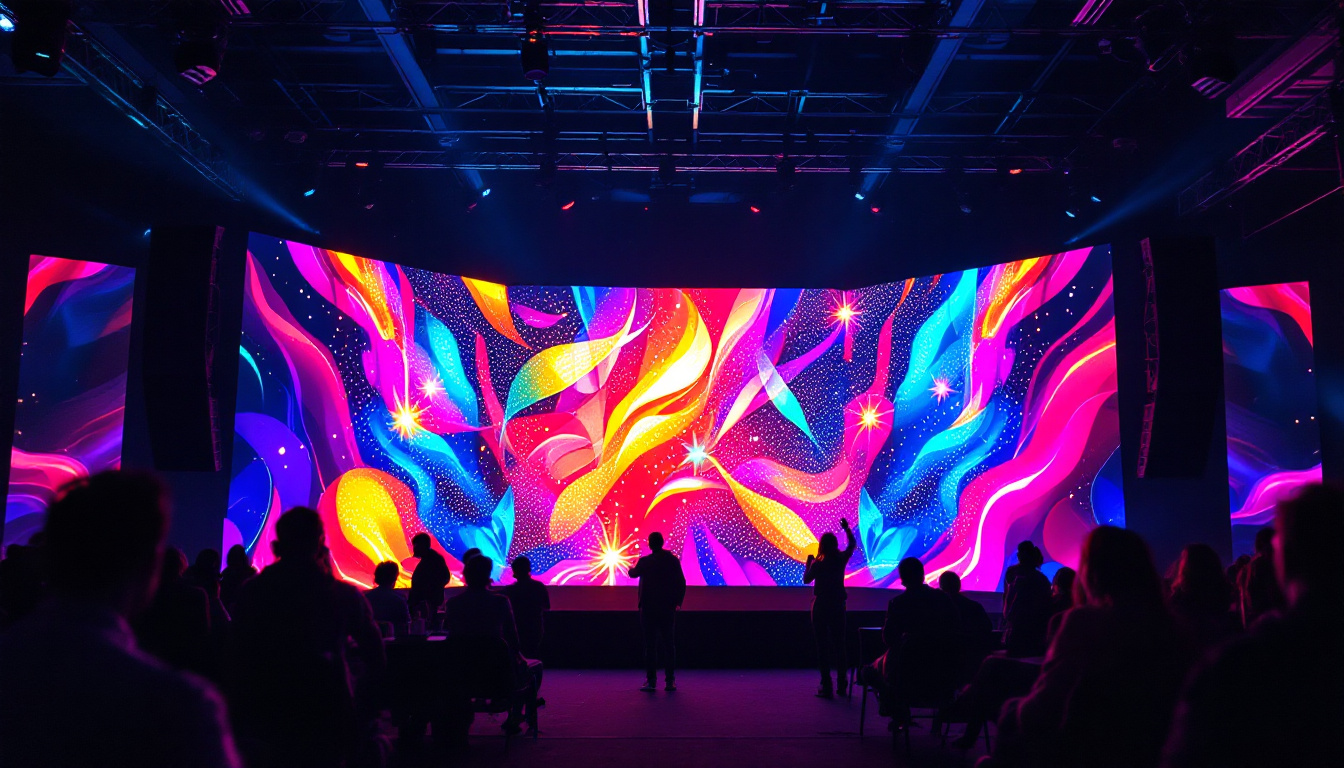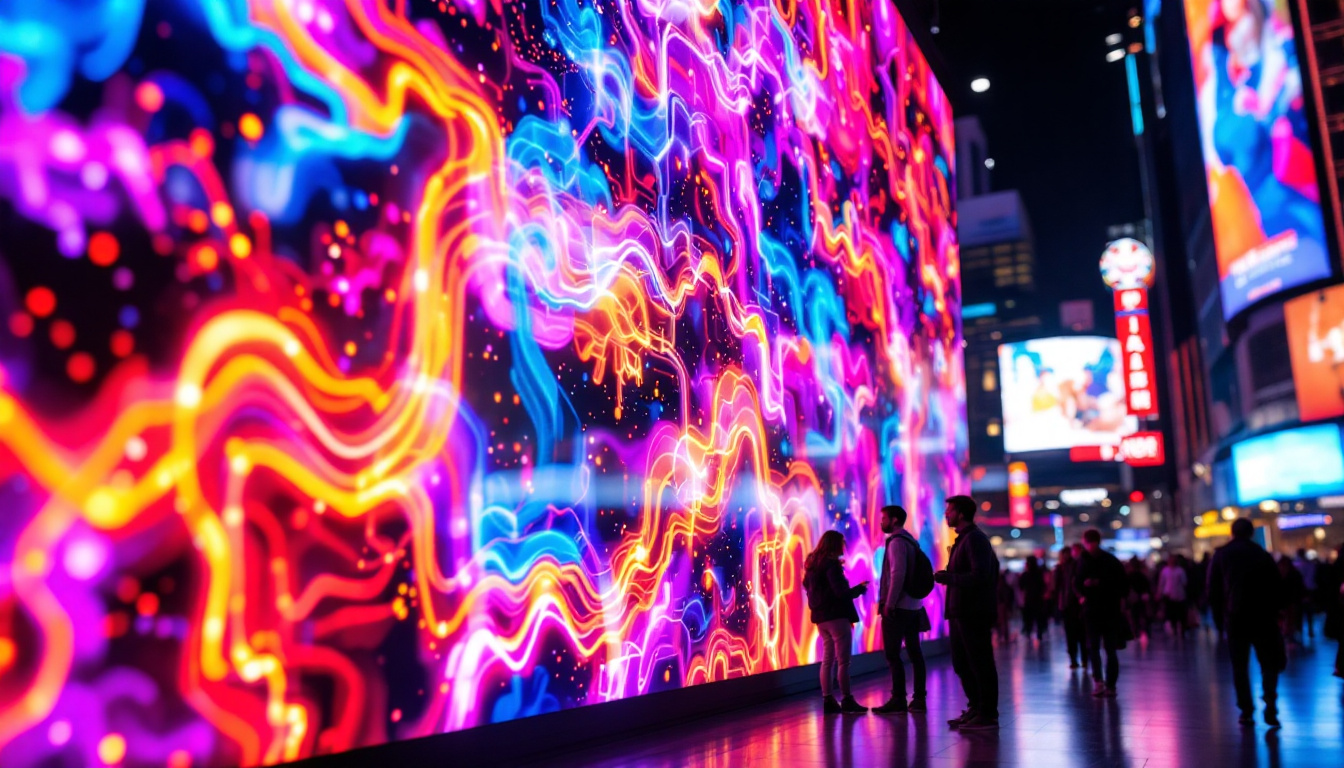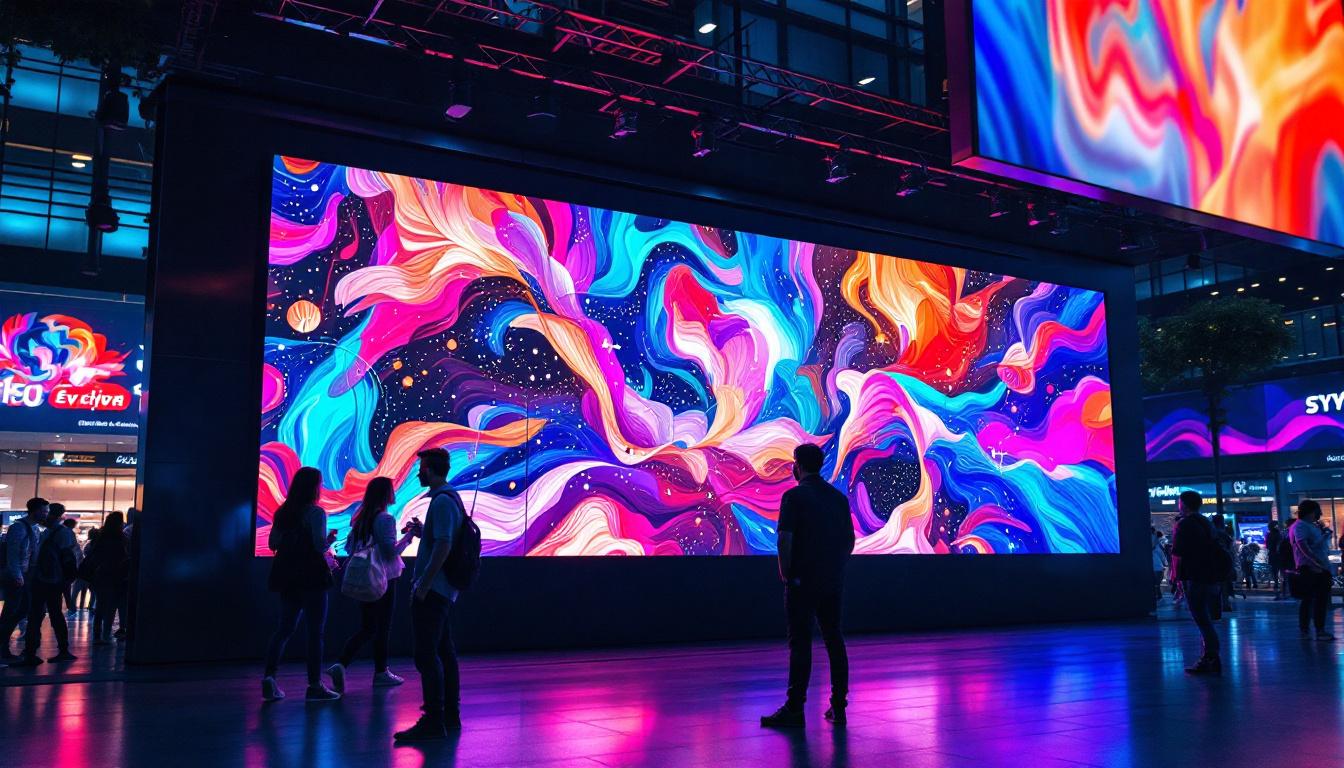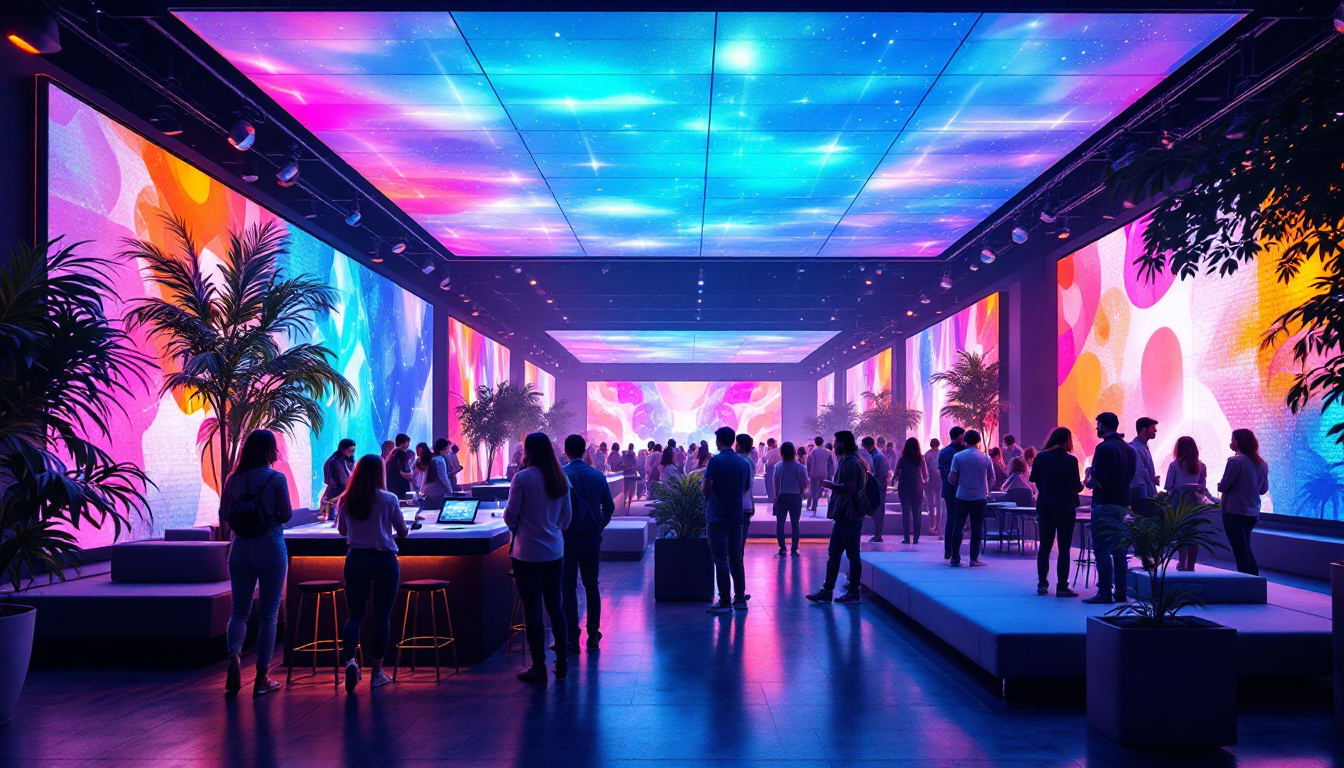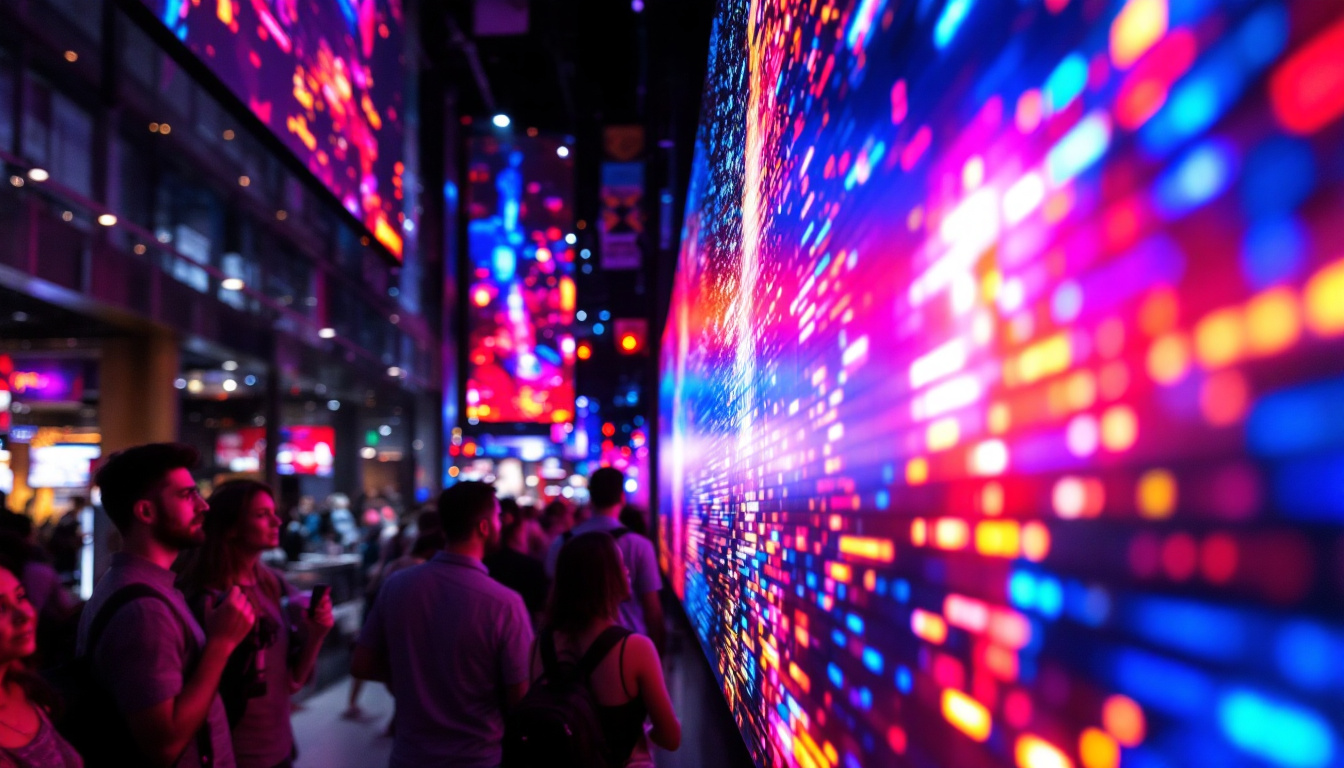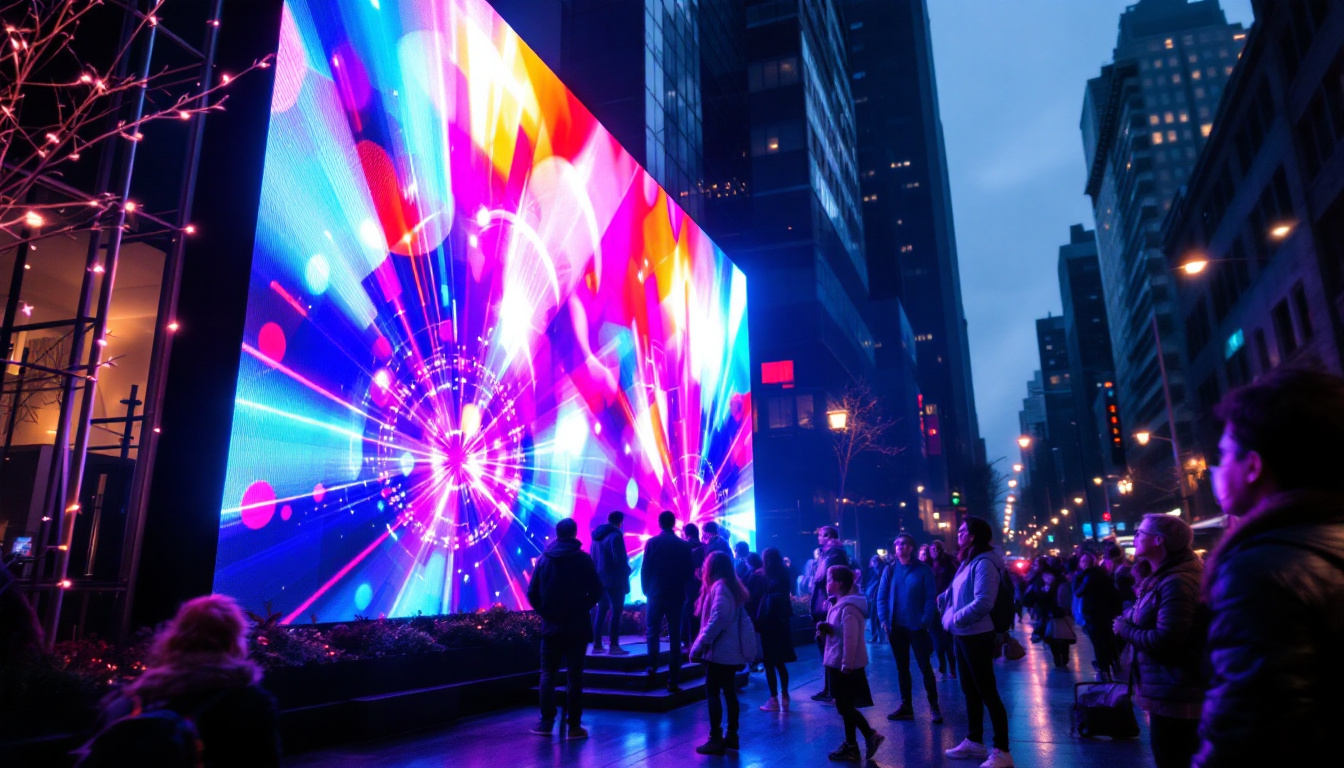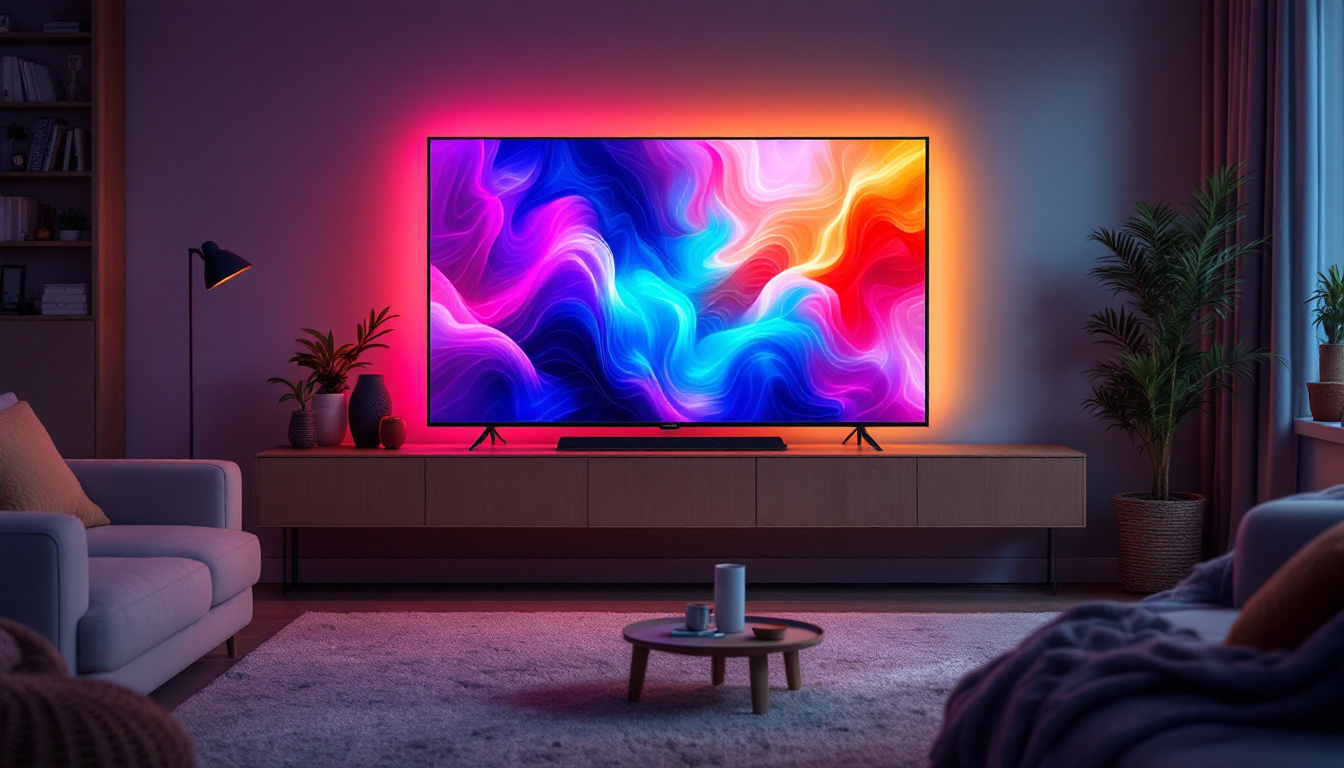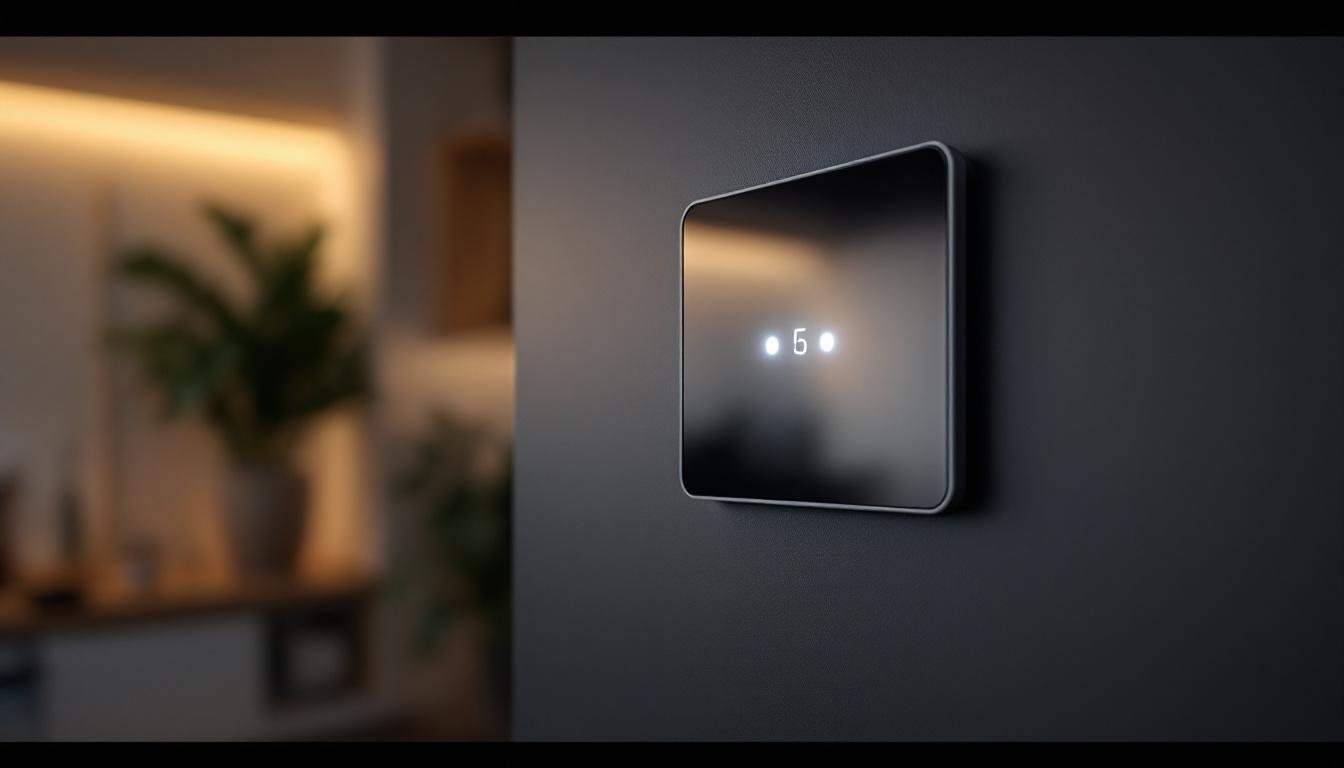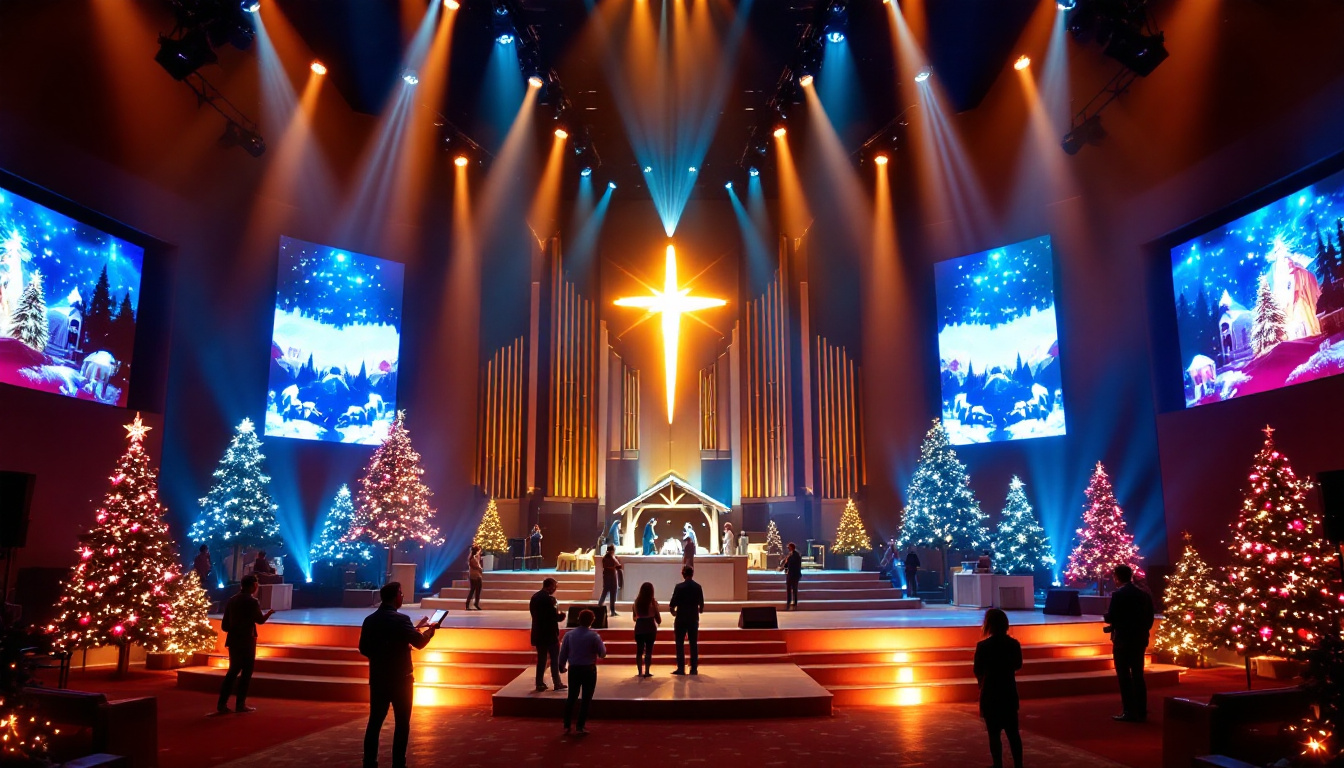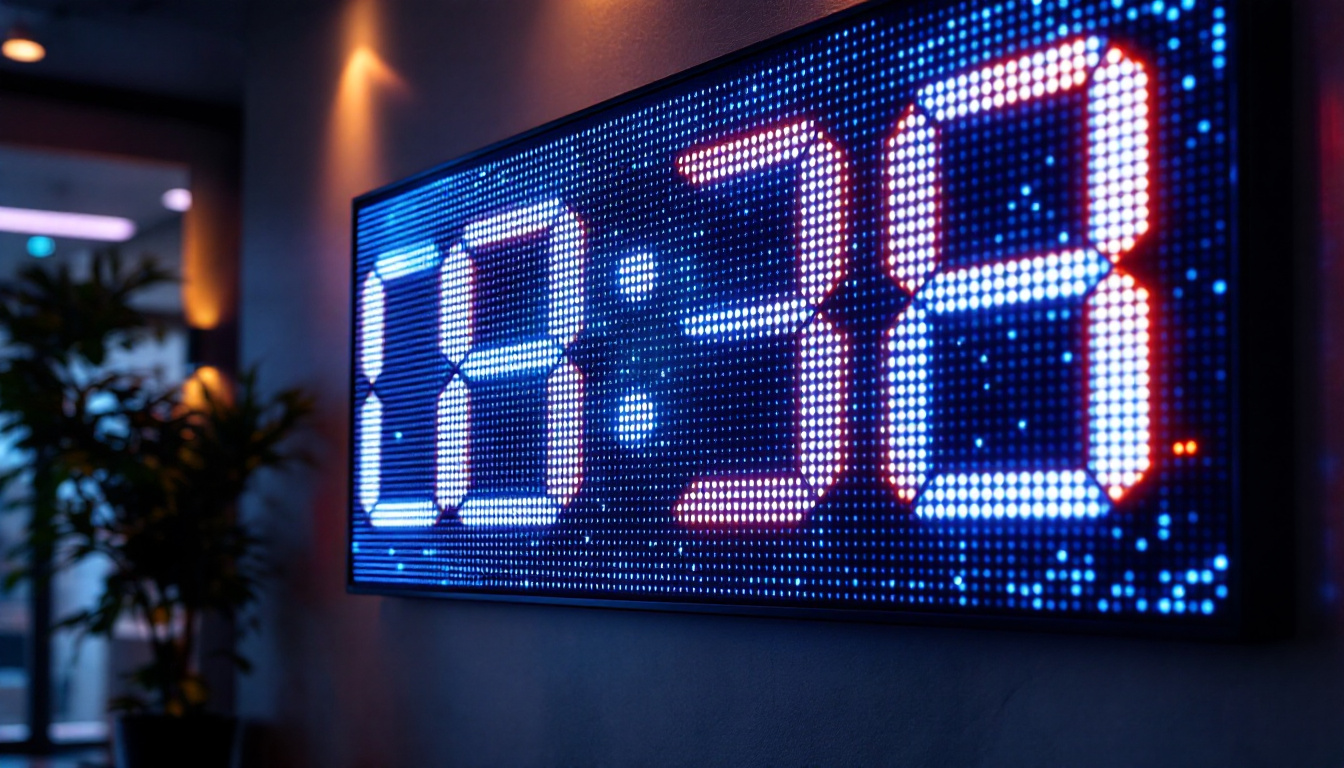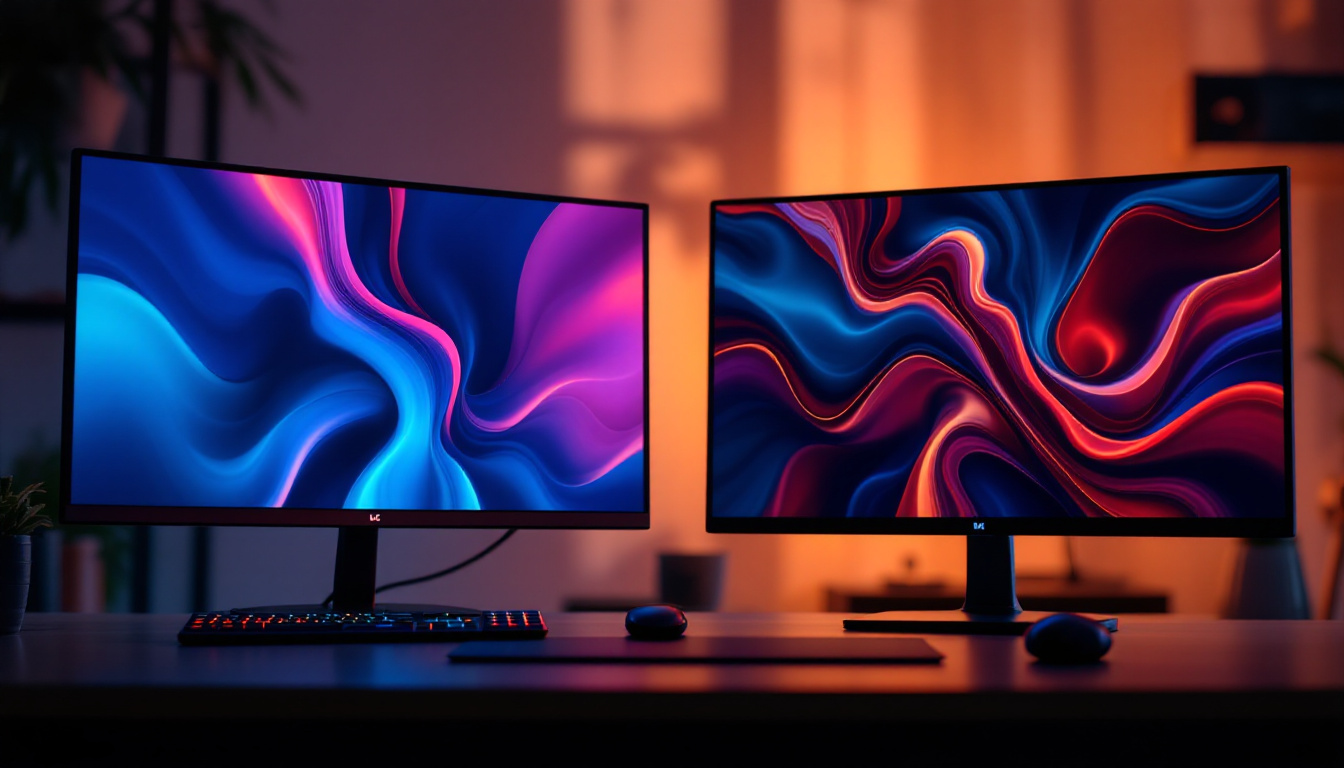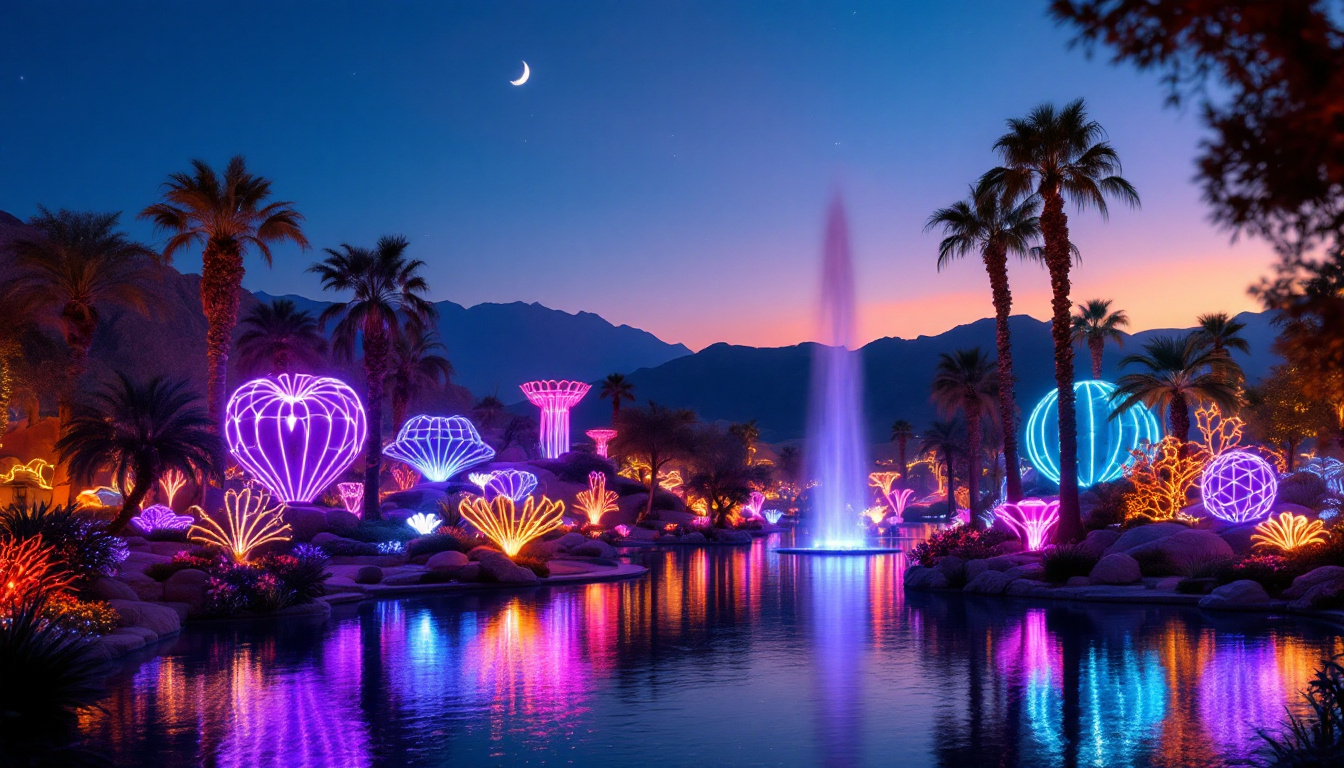In today’s digital age, video walls have emerged as a powerful tool for communication, marketing, and entertainment. Whether it’s in a corporate setting, at a concert, or in a retail environment, LED displays are transforming the way information is presented. This article delves into the intricacies of video walls, focusing on LED technology, their applications, and the factors to consider when purchasing one.
Understanding Video Walls
Video walls are large displays composed of multiple screens or panels that work together to create a single, cohesive image or video. They are designed to provide high-quality visuals and can be customized in size and shape to fit various environments. The technology behind video walls has evolved significantly, with LED displays becoming the preferred choice for many applications. These installations are increasingly popular in venues such as control rooms, retail spaces, and live events, where impactful visual communication is essential.
Video walls not only enhance the aesthetic appeal of a space but also serve functional purposes, such as displaying real-time data, advertisements, or immersive content. Their ability to scale and adapt to different formats makes them highly versatile, allowing businesses and organizations to convey messages effectively and engage their audiences. Furthermore, advancements in software and content management systems have made it easier to control and synchronize multiple screens, ensuring a seamless viewing experience.
What is LED Technology?
LED, or Light Emitting Diode, technology uses semiconductor materials to convert electricity into light. This technology is known for its energy efficiency, brightness, and longevity compared to traditional display methods like LCD or projection. LED displays are capable of producing vibrant colors and deep blacks, making them ideal for high-contrast environments. The durability of LED technology also means that these displays can withstand the rigors of constant use, making them suitable for both indoor and outdoor applications.
Moreover, LED technology has a lower environmental impact due to its energy-efficient nature, which can significantly reduce electricity costs over time. As sustainability becomes a priority for many organizations, the adoption of LED displays aligns with eco-friendly initiatives, allowing companies to showcase their commitment to reducing their carbon footprint while enjoying high-quality visual performance.
Types of LED Displays
There are several types of LED displays available in the market, each catering to different needs and specifications. The most common types include:
- SMD (Surface-Mount Device): These displays use tiny LED chips mounted directly onto the circuit board, allowing for a thinner profile and better viewing angles.
- COB (Chip-on-Board): This technology involves multiple LED chips bonded directly to a substrate, resulting in higher brightness and improved thermal management.
- Mini-LED and Micro-LED: These are advanced forms of LED technology that offer even greater resolution and color accuracy, suitable for high-end applications.
In addition to these types, there are also specialized LED displays designed for specific environments, such as transparent LED screens that allow for visibility through the display while still showcasing vibrant content. This innovative design is particularly popular in retail environments, where it can enhance product visibility while maintaining an open and inviting atmosphere. Furthermore, flexible LED panels are emerging as a game-changer, enabling creative installations that can conform to various shapes and surfaces, providing endless possibilities for artistic expression and branding opportunities.
Applications of Video Walls
Video walls have a wide range of applications across various industries. Their versatility and visual impact make them suitable for numerous settings, from corporate offices to entertainment venues.
Corporate Environments
In corporate settings, video walls are often used for presentations, conferences, and digital signage. They can display real-time data, important announcements, or promotional content, enhancing communication and engagement among employees and clients alike.
Retail and Advertising
Retailers leverage video walls to attract customers and enhance the shopping experience. Dynamic content can be displayed to showcase products, promote sales, or create immersive environments that draw shoppers in. The ability to change content quickly allows retailers to adapt to trends and customer preferences efficiently.
Entertainment and Events
In the entertainment industry, video walls are a staple at concerts, festivals, and sporting events. They provide stunning visuals that enhance the overall experience for attendees. From live feeds to pre-recorded content, the flexibility of video walls allows for creative storytelling and engagement.
Key Considerations When Buying a Video Wall
When investing in a video wall, several factors should be taken into account to ensure the best fit for your needs. Understanding these aspects can significantly influence the performance and longevity of the display.
Resolution and Pixel Pitch
Resolution is a critical factor that determines the clarity of the images displayed. Higher resolution means more pixels, resulting in sharper visuals. Pixel pitch, the distance between the centers of two adjacent pixels, is another essential aspect. A smaller pixel pitch typically results in better image quality, especially at closer viewing distances.
Brightness and Contrast Ratio
Brightness is measured in nits, and it indicates how well the display can perform in various lighting conditions. A higher brightness level is crucial for outdoor installations or brightly lit environments. Additionally, the contrast ratio affects how well the display can show the difference between the darkest and lightest parts of an image, contributing to overall visual quality.
Durability and Maintenance
Video walls are often a significant investment, so durability is a key consideration. Look for displays with robust construction and weatherproofing if they will be used outdoors. Regular maintenance is also essential to ensure optimal performance, so consider the ease of access for repairs and servicing when selecting a video wall.
Installation and Configuration
The installation process for a video wall can be complex, depending on the size and configuration. Proper planning and execution are essential for achieving the desired visual impact and functionality.
Site Assessment
Before installation, a thorough site assessment is necessary. This includes evaluating the space where the video wall will be placed, considering factors such as viewing distance, ambient light, and structural support. A professional installer can provide valuable insights during this phase.
Mounting Options
Video walls can be mounted in various ways, including wall-mounted, freestanding, or suspended from the ceiling. The choice of mounting option will depend on the specific requirements of the space and the desired aesthetic. Each method has its advantages and challenges, which should be discussed with an installation expert.
Calibration and Testing
Once installed, the video wall requires calibration to ensure optimal performance. This process involves adjusting brightness, color balance, and alignment of the individual panels. Testing the display under different conditions is also crucial to guarantee that it meets the intended specifications.
Content Management for Video Walls
Having a stunning video wall is only part of the equation; effective content management is equally important. The right content can elevate the impact of the display, making it a powerful communication tool.
Content Creation
Creating engaging content for a video wall involves understanding the audience and the message being conveyed. High-quality visuals, animations, and videos can capture attention and convey information effectively. Collaborating with content creators or agencies can help in producing professional-grade material.
Content Management Systems (CMS)
A robust content management system is essential for controlling what is displayed on the video wall. A CMS allows users to schedule content, update messages in real-time, and manage multiple displays from a single interface. Choosing a user-friendly CMS can significantly enhance the efficiency of content management.
Interactivity and Integration
Modern video walls can incorporate interactive elements, allowing viewers to engage with the content directly. Touch screens, motion sensors, and integration with social media platforms can create a more immersive experience. This interactivity can be particularly effective in retail environments, where customer engagement is crucial.
Cost Considerations
The cost of a video wall can vary significantly based on several factors, including size, technology, and installation requirements. Understanding these costs can help in budgeting for this investment.
Initial Investment
The initial cost of a video wall includes the price of the display panels, mounting hardware, and installation services. High-resolution LED displays tend to be more expensive, but they also offer superior quality and longevity. It’s essential to balance quality with budget constraints to find the best solution.
Operating Costs
In addition to the initial investment, ongoing operating costs should be considered. This includes electricity consumption, maintenance, and potential repairs. LED displays are generally more energy-efficient than traditional displays, which can lead to lower operating costs over time.
Return on Investment (ROI)
When evaluating the cost of a video wall, it’s crucial to consider the potential return on investment. A well-implemented video wall can drive sales, improve customer engagement, and enhance brand visibility. Analyzing the expected benefits can help justify the initial expenditure and ongoing costs.
Future Trends in Video Wall Technology
The video wall market is constantly evolving, with new technologies and trends emerging regularly. Staying informed about these developments can help businesses make informed decisions about their display solutions.
Advancements in Display Technology
As technology continues to advance, video walls are becoming more sophisticated. Innovations such as OLED and flexible displays are paving the way for new possibilities in design and functionality. These advancements can lead to even more immersive experiences for viewers.
Integration with Smart Technologies
Video walls are increasingly being integrated with smart technologies, such as AI and IoT. This integration allows for more personalized content delivery and enhanced interactivity. For example, AI can analyze viewer behavior and adapt the content accordingly, creating a more tailored experience.
Sustainability and Eco-Friendliness
With growing concerns about environmental impact, many manufacturers are focusing on sustainability in their products. Energy-efficient displays, recyclable materials, and reduced carbon footprints are becoming essential considerations in the production of video walls. Businesses are encouraged to look for eco-friendly options when selecting their displays.
Conclusion
Video walls represent a dynamic and engaging way to communicate information and enhance experiences across various industries. Understanding the technology, applications, and considerations involved in purchasing a video wall is crucial for making informed decisions. As technology continues to evolve, the potential for video walls to transform environments will only increase, making them a valuable asset for any organization.
Whether for corporate communication, retail engagement, or entertainment, investing in a high-quality video wall can yield significant benefits. By considering factors such as resolution, brightness, content management, and future trends, businesses can ensure they select the right solution to meet their needs.
Discover LumenMatrix LED Display Solutions
Ready to elevate your space with a high-quality video wall? LumenMatrix is at the forefront of LED display technology, offering a wide array of solutions that cater to your unique needs. From Indoor and Outdoor LED Wall Displays to innovative LED Transparent Displays, our products are designed to create immersive visual experiences that captivate your audience. Embrace the future of visual communication with LumenMatrix and let us help you make a lasting impression. Check out LumenMatrix LED Display Solutions today and transform your environment with cutting-edge technology.

